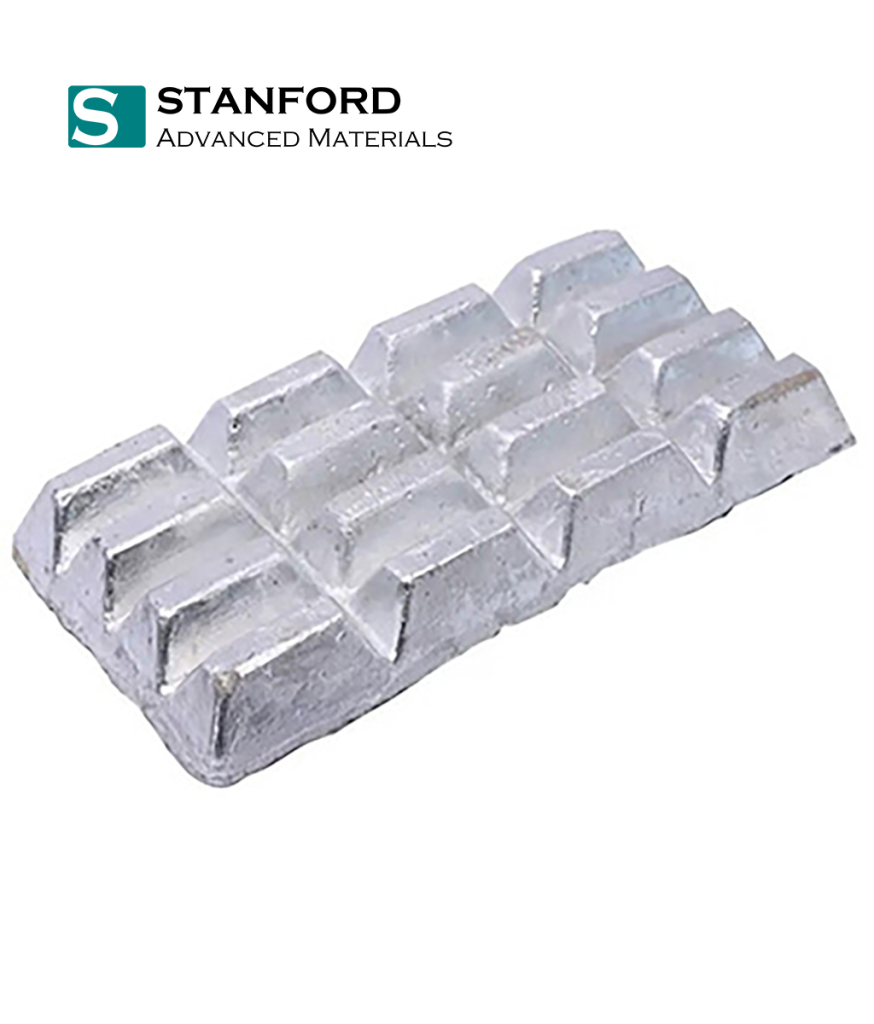
I. Introduction
Aluminum-scandium alloys represent a fascinating chapter in material science, combining the lightweight properties of aluminum with the strength-enhancing capabilities of scandium. Discovered over 150 years ago, scandium is a rare element that, when alloyed with aluminum, produces materials that are not only stronger but also lighter and more resilient. These enhanced properties have significant implications across various high-tech industries, from aerospace to automotive and beyond.
This article delves into the benefits and applications of aluminum-scandium alloys, explores the economic and environmental impacts, and discusses the challenges of these advanced materials. As industries continue to seek lighter, more efficient materials that do not compromise on strength or durability, aluminum-scandium alloys stand out as a promising solution. The discussion that follows will highlight why these alloys are poised for broader adoption and how they could revolutionize modern manufacturing practices.
II. Properties and Benefits
Aluminum-scandium alloys are renowned for their exceptional material properties, offering a suite of enhancements over traditional aluminum alloys. Here are the key benefits:
Increased Strength and Lightness: The primary advantage of adding scandium to aluminum is the significant increase in strength without a corresponding increase in weight. This strength is primarily due to the fine grain structure that scandium enables during the alloying process, allowing for greater load-bearing capabilities and higher fatigue resistance. For example, adding a small percentage of scandium (about 0.1 to 0.5% by weight) can increase the strength of aluminum alloys by 10 to 40%. This makes scandium-alloyed aluminum ideal for applications where weight is critical but strength cannot be compromised, such as in aircraft structures and space applications.

Enhanced Weldability and Durability: Typically, high-strength aluminum alloys suffer from poor weldability, which can compromise structural integrity when joined. Aluminum-scandium alloys, however, maintain excellent weldability. This characteristic ensures that components made from these alloys can be welded without losing strength at the weld joints, which is crucial for maintaining durability and longevity in structural applications.
Resistance to Heat: Aluminum-scandium alloys exhibit superior thermal stability compared to their non-scandium counterparts. This means they can withstand higher temperatures before losing their mechanical properties. This heat resistance is beneficial not only in high-temperature environments but also in applications involving significant heat generation, such as in high-speed machinery or motors.
III. Industrial Applications
The unique properties of aluminum-scandium alloys have opened up numerous applications across various industries, with particularly significant impacts in aerospace, automotive, and consumer electronics.
Aerospace Innovations: In the aerospace sector, the demand for materials that combine lightness with exceptional strength and durability is paramount. Aluminum-scandium alloys have been identified as key materials in this regard. For instance, Airbus has developed an alloy known as Scalmalloy, which is primarily used in aerospace applications. This alloy allows for a 45% weight reduction in components like bulkhead partitions for the Airbus 320, without compromising structural integrity. Such innovations not only reduce the aircraft’s overall weight but also enhance fuel efficiency and reduce CO2 emissions. The potential savings in operational costs and environmental impact make aluminum-scandium alloys particularly appealing in the aerospace industry.

Automotive Advancements: The automotive industry benefits similarly from aluminum-scandium alloys. These materials help in manufacturing lighter, stronger, and more durable components, from engine parts to frames. The reduction in vehicle weight improves fuel efficiency and lowers emissions, aligning with the global automotive industry’s shift towards sustainability and environmental responsibility. Moreover, the enhanced weldability of these alloys allows for better assembly processes, making them ideal for complex automotive structures.
Consumer Electronics: In the realm of consumer electronics, the strength and durability of aluminum-scandium alloys allow for thinner, lighter, and more robust casings for devices such as smartphones, tablets, and laptops. These properties are crucial in an industry where the demand for portable and lightweight devices continues to grow. Additionally, the improved thermal properties of these alloys can enhance the heat dissipation capabilities of devices, thus improving performance and prolonging device life.

IV. Economic and Environmental Impact
The economic and environmental implications of aluminum-scandium alloys are significant, influencing both industry economics and ecological sustainability.
Economic Impact: The inclusion of scandium does increase the material cost of aluminum alloys, primarily due to scandium’s rarity and the complexities involved in its extraction and processing. Despite these costs, the enhanced properties of aluminum-scandium alloys—such as increased strength and reduced weight—can lead to long-term savings through improved energy efficiency and reduced material usage in applications. However, for broader market adoption, the economics of scandium’s supply chain need further optimization. Efforts to stabilize and reduce the price of scandium, such as the development of new mining projects in Canada and Australia, are crucial.
Environmental Impact: From an environmental perspective, aluminum-scandium alloys offer significant benefits. The ability to use lighter materials directly correlates with lower energy consumption and decreased emissions, particularly in transportation industries like aerospace and automotive. For instance, Airbus’s use of Scalmalloy in aircraft construction is estimated to potentially save up to 465,000 metric tonnes of CO2 emissions annually. This demonstrates how advanced materials can play a pivotal role in the pursuit of environmental sustainability.
V. Challenges
While aluminum-scandium alloys offer transformative potential across various sectors, they also face significant challenges that could impact their future development and adoption.
- Scarcity and Cost of Scandium: One of the primary hurdles is the scarcity and high cost of scandium. Although it enhances aluminum significantly, scandium’s rarity and the difficulty associated with its extraction and processing contribute to its high price. This cost factor can be prohibitive for widespread commercial use, particularly in sectors where cost-efficiency is paramount.
- Supply Chain Instability: The limited number of sources from which scandium can be procured adds a layer of supply chain risk. The geopolitical realities of scandium-rich regions, primarily in Asia and Russia, can lead to supply disruptions. Additionally, as scandium is often a byproduct of other mining operations, its supply is not always guaranteed to meet demand spikes.
- Technological Barriers: The development of efficient, cost-effective methods for scandium extraction and incorporation into aluminum alloys is still an area that needs more innovation. Current methods are often expensive and energy-intensive, which further elevates the cost of the end material.
VI. Conclusion
Aluminum-scandium alloys represent a significant advancement in material science, offering a combination of lightness and strength that is unmatched by traditional materials. Despite the challenges posed by the cost and availability of scandium, the potential benefits in terms of performance enhancement and environmental impact make these alloys a compelling choice for future applications. As the industry continues to innovate and overcome existing barriers, aluminum-scandium alloys are poised to play a pivotal role in transforming sectors like aerospace, automotive, and beyond. Embracing these advanced materials could lead to revolutionary changes in how we design and manufacture the products of tomorrow.
